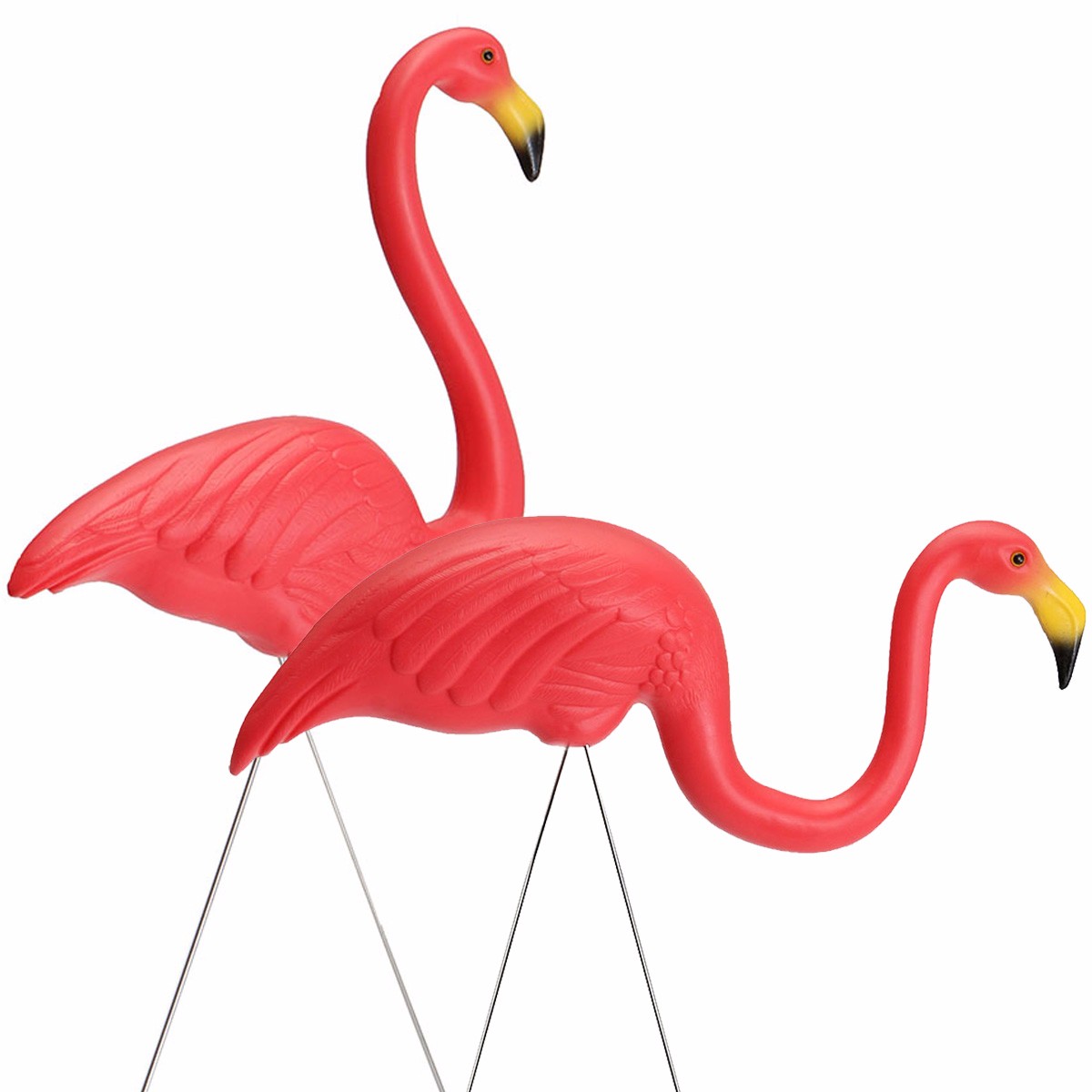


Units in new subdivisions sometimes looked virtually identical. It took about two weeks to model both halves of the bird, brought into the third dimension by then-revolutionary injection-mold technology.Ī flamingo-friendly trend was the sameness of post-World War II construction. No live models presented themselves, so he unearthed a National Geographic photo spread. At a nearby art school, sculptor Don Featherstone was hired by the plastics company Union Products, where his second assignment was to sculpt a pink flamingo. The real plastic flamingo is in a sense extinct, Waters says: “You can’t have anything that innocent anymore.”įirst designed in 1957, the fake birds are natives not of Florida but of Leominster, Massachusetts, which bills itself as the Plastics Capital of the World. I have tried.”) For another, the lawn sculptures have become “loaded objects,” classist tools of the well-to-do mocking the taste of the less fortunate. (“You can’t just mosey into a pit of pink flamingos. For one thing, he learned during an ill-fated Floridian photo shoot that he doesn’t like real birds, and they don’t like him.
PLASTIC FLAMINGO MOVIE
“My movie wrecked that.” Forty years later, the sculptures have become unlikely fixtures of a certain kind of high-end sensibility, a shorthand for tongue-in-cheek tackiness.īut, for his part, Waters says he has completely OD’d on the flamingos. “The only people who had them had them for real, without irony,” Waters says.

“To this day, I’m convinced that people think it’s a movie about Florida.” Waters enjoyed the plastic knickknack’s earnest air: Though his own stylish mom might have disapproved, the day-glo wading birds were, back then, a straightforward attempt at working-class neighborhood beautification. “The reason I called it ‘Pink Flamingos’ was because the movie was so outrageous that we wanted to have a very normal title that wasn’t exploitative,” Waters says. The movie has almost nothing to do with the tropical fowl that stand sentinel during the opening credits: The plot mostly concerns the exertions of a brazen and voluptuous drag queen intent on preserving her status as “the filthiest person alive.” In 1972, Waters released the film Pink Flamingos, which was called both an abomination and an instant classic.

“I don’t remember ever seeing a pink flamingo where I grew up,” the filmmaker muses. One house down the street had a fake wishing well and that was painful enough. In their buttoned-up Maryland suburb, lawn ornaments of any kind, let alone plastic pink flamingos, were anathema. His mother, the president of a local garden club, cultivated burgeoning flowerbeds and precise hedges. In the fight against plastic pollution, the CMA CGM Group has already announced its decision to not transport plastic waste on any of its vessels.John Waters’ childhood yard was an exercise in good taste. As PLAF markets these products that are used to build shelters, boardwalks and furniture, the social enterprise is widening its product range to stimulate market demand for recycled plastic products and enhance the circular plastic economy.Įmployees of CMA CGM and its subsidiary CEVA Logistics based in Metro Manila are also contributing their used plastics at their offices and warehouses where the PLAF regularly picks them up to its upcycling factory, according to the statement. With this, riverine plastics join the hard-to-recycle plastic sachets on the CMA CGM-funded recycling line to be transformed into eco-planks and boards among others. The two parties launched their partnership in 2021 to fight plastic pollution in the Philippines, where single-use plastics is a major source of ocean pollution.Īccording to a statement, the renewed partnership adds resources to PLAF’s capacity to collect and upcycle riverine plastics which require more rigorous cleaning and handling to separate them from marine debris before the upcycling process. This marks an annual plastic collection of 200 metric tons, up from 120 metric tons that the CMA CGM-PLAF partnership blocked from leaking into the ocean in the past year. The two sides renewed a three-year partnership to collect and upcycle 600 metric tons of plastic waste from the streets, coastlines and the heavily plastic polluted River Pasig in Metro Manila. CMA CGM Group and Plastic Flamingo (PLAF) have announced the renewal of their partnership to mitigate plastic pollution in the Philippines.


 0 kommentar(er)
0 kommentar(er)
